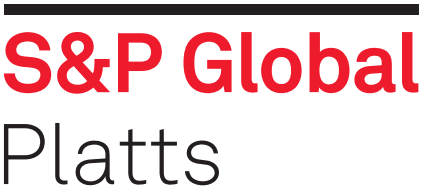EU apparent steel consumption growth is forecast to slow down to 0.5% in 2019 followed by 1.2% in 2020, less than one-third of the annual growth rate of apparent steel consumption over the 2014-2018 period, European steel association Eurofer said in an economic report published Thursday.
Last year’s consumption was estimated to have gone up by 2.6% from 2017, but according to Eurofer the increase in demand mainly benefited non-EU suppliers, owing to a 12.3% import increase. By contrast, European steelmakers shipped just 0.6% more steel to the EU market in 2018.
“The sharp increase in imports in the second half of 2018 is proof that in spite of the justified imposition of preliminary safeguard measures by the EU Commission last July the EU market is still under siege,” said Eurofer Director General Axel Eggert. “Market access to other regions has been blocked by protectionist measures in those places, thereby leading to a continued diversion of steel to the EU market.
“This diversionary trend is expected to continue in 2019 — especially as the safeguard’s quota size will be increased by 5% in February and by another 5% in July,” Eggert added. The new safeguard measures are expected to be put in place on Monday, February 4.
Overall EU steel market fundamentals are expected to remain moderately positive, although rising protectionism could have a negative impact.
Total output growth in the EU’s steel-using sectors is estimated to have amounted to 3.1% in 2018. It is forecast to grow by 1.5% in 2019 and by 1.7% in 2020, according to the report. Production lost momentum in the third quarter of 2018, particularly in the automotive sector. It is probable that this trend continued in the final quarter of 2018 and will persist into 2019 and 2020, the association noted.
Total automotive production in the EU is estimated to have expanded by 1.3% in 2018 and is forecast to rise by 1% in 2019 and by 2.4% in 2020. The output outlook is nevertheless subject to the impact of the WLTP (Worldwide Harmonized Light Vehicle Test Procedure) and the possible US imposition of tariffs on European car exports.
The EU construction industry is expected to gradually move into the late phase of the current business cycle over the course of 2019-2020. Construction activity is estimated to have risen by 4.6% in 2018 and is forecast to rise by 2.1% in 2019 and by 1.2% in 2020. Both private and public construction investments are expected to lose strength but the latter is likely to remain a growth driver over the forecast period. Investment will be increasingly geared at promoting sustainability and carbon dioxide reduction.





